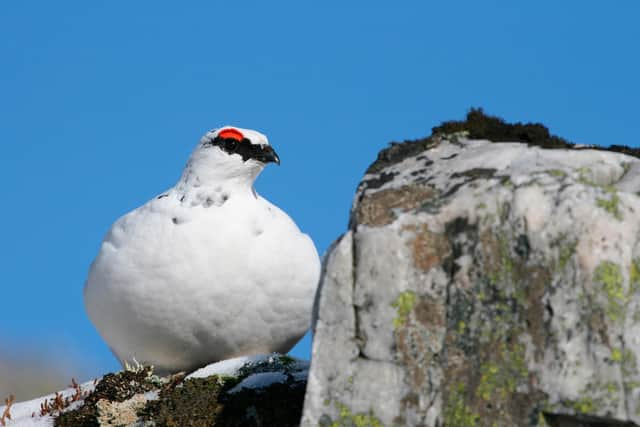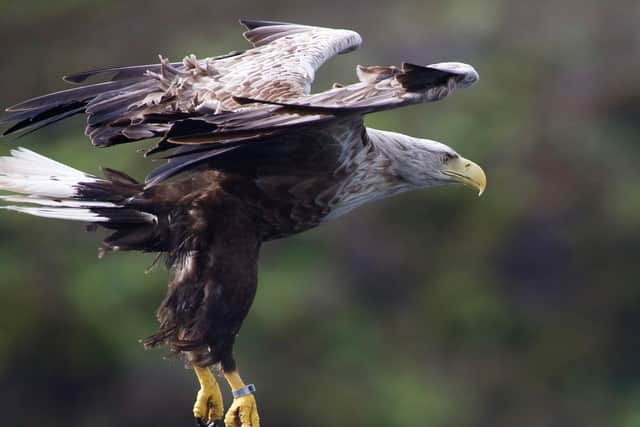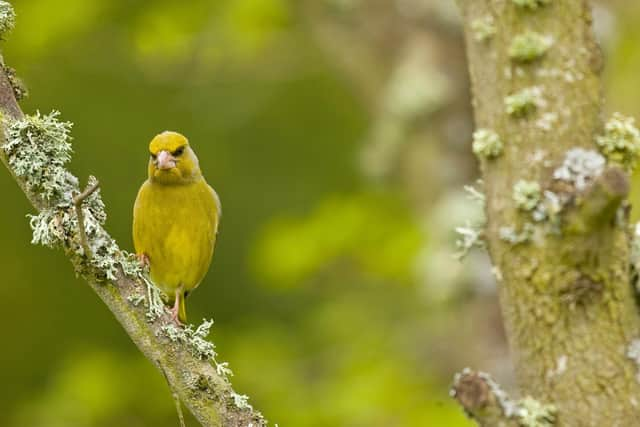Fears for iconic Scottish birds as extinction threat raised to red alert
Leach’s storm petrels and ptarmigans have joined swifts, house martins and greenfinches in being moved up to the Red List of birds at threat of extinction across the nation.
There are now 70 bird species classified in the highest risk level in the Birds of Conservation Concern ratings, a net increase of three since the last update in 2015 and almost double the number in the category 25 years ago.
Advertisement
Hide AdAdvertisement
Hide AdThe newly revised assessment, which charts the status of all the UK’s 245 regularly occurring bird species, shows more than a quarter – 29 per cent – are now red-listed.


Most of the species have been placed on the red list because of severe declines, having halved in numbers or range in the UK in recent decades.
Others have populations that remain well below historical levels or are considered under threat of global extinction.
A total of 103 species have been put in the amber category and just 72 in the green, of least conservation concern.


The Leach’s storm petrel, a nocturnal seabird which nests in burrows on islands and is only found in Scotland, has not only joined the red list for the first time, it has also been added to the International Union for Conservation of Nature list of species that are globally threatened with extinction.
Ptarmigans, an iconic mountain bird known for their snow-white winter plumage and occurring only in the Highlands, have moved from the green list straight to the red due to a massive 81 per cent since crash in numbers since 1961.
Greenfinches, a familiar garden visitor in many parts of the country, have also moved directly from green to red after declining by 62 per cent since 1993.
Swifts and house martins have both moved from the amber to the red list due to decreases of 58 per cent since 1995 and 57 per cent since 1969 respectively.


Advertisement
Hide AdAdvertisement
Hide AdBut there was good news for the country’s largest bird of prey.
The white-tailed eagle, or sea eagle, was extinct in the UK until being reintroduced to Scotland in the 1970s.
Now the species is faring so well that its risk status has been downgraded from red to amber.
Today there are an estimated 123 nesting pairs, almost all found north of the border.
Previous Birds of Conservation Concern reports have highlighted the plight of farmland, woodland and upland birds.
The latest report adds more farmland and upland species to the Red List, including dunlins and purple sandpipers.
There are 59 bird species which remain on the Red List from previous assessments, with many – such as starlings and curlews – continuing to decline.
Birds of Conservation Concern is compiled by a coalition of the UK’s leading bird conservation and monitoring organisations, including the British Trust for Ornithology, RSPB, the Wildlife Trusts and National Trust.
Advertisement
Hide AdAdvertisement
Hide AdOverall, the red list has grown by three species since the last assessment in 2015, with 11 more birds red-listed, but six moved to amber and two no longer assessed.
The amber list has grown by seven species while the green list – of those birds least under threat – has shrunk by nine species.
A message from the Editor:
Thank you for reading this article. We’re more reliant on your support than ever as the shift in consumer habits brought about by coronavirus impacts our advertisers.
If you haven’t already, please consider supporting our trusted, fact-checked journalism by taking out a digital subscription.
Comments
Want to join the conversation? Please or to comment on this article.
